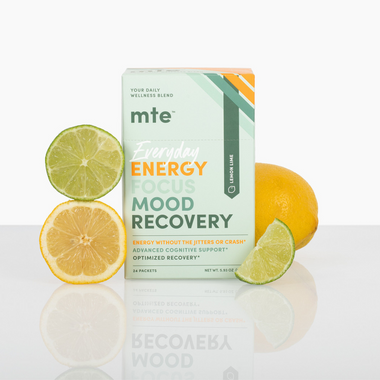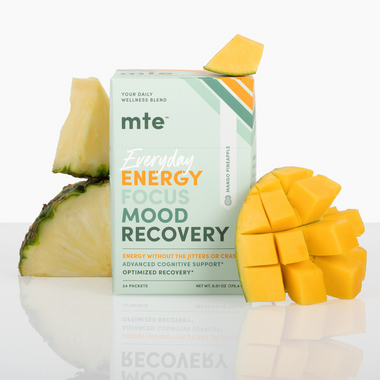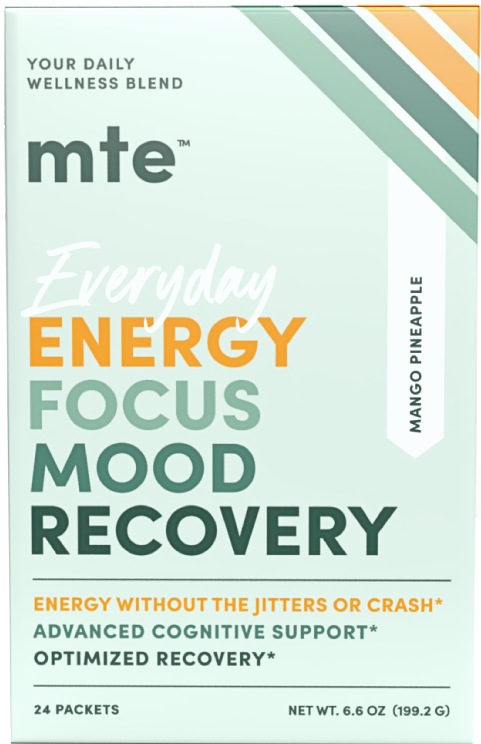
“Reverse Aging”: Science, Fiction, or Science-Fiction?
Anyone with a social media account – especially if you’re into fitness, beauty, nutrition, or skincare – is drowning in ads for anti-aging products and programs. They’re designed to stress you out and give you hope at the same time. Some are legit ideas, but most are nothing more than snake oil disguised as a solution to all your problems. First of all – why are we so obsessed with staving off aging? Where’s the excitement to grow full of experiences and memories – so what if it comes with a few wrinkles?
Second of all – and we’re looking at you, Bryan Johnson – at what point is this obsession with “aging in reverse” getting in the way of living life? Are those hundreds of pills, light therapy, ice baths, and 3-hour workouts doing anything at all? How much control do we really have over our expiration date? Can we delay that inevitable boat ride on the River Styx without having to become a billionaire recluse?
So many questions.
Let’s unpack the preoccupation with aging in reverse and get to the truth behind the attention-grabbing phrase:
Biology Breakdown: Why Do We Age?
First, let’s talk about the reality of aging. The human body is an intricate machine. Much like a car, maintenance and care goes a long way, but regardless of how hard you work, put enough miles on it and even the best car will eventually bite the dust. In humans, the aging process includes the breakdown of cellular processes:
- Telomere Aging: These are the protective “caps” at the ends of your DNA. They get shorter over time as cells continue to divide. The shorter the telomeres, the more vulnerable to chronic diseases and cancers.
- Cell Damage: Environmental stress like UV, oxidative stress, and inflammation all compromise cell health and mitochondrial function, which drives energy production. Damaged mitochondrial function weakens all bodily systems and cognitive health.
- Epigenetic Changes: Gene expression changes throughout a lifetime. These changes accumulate until it’s a bit of a mess, throwing off methylation patterns and leaving the DNA vulnerable to damage.
Here’s the reality: these processes are not optional. They will happen. However, we have some control over the pace and severity of how we decline. And while that may sound a bit bleak, it’s actually kind of empowering!
What Does it Mean to Age in Reverse?
There are several different “kinds” of aging – skin, muscle, bone, eyes, etc. Chronological age isn’t so important as biological age, which is basically how your personal health and functioning compares to the averages in your age group. That’s why your fitness watch will say things like “Your Fitness Age is 20” when you have a VO2 Max of 48 at age 33. It just means that your VO2 Max is more typical of 20-year-olds, not that you’re biologically 20 years old.
The truth is, there is no such thing as aging in reverse. But there is such a thing as optimizing mobility, function, appearance, and mental state, which can outpace your birthdate. It’s about taking care of what you have: use it or lose it! For instance, a while ago there was a viral graphic of cross sections of upper leg muscles in a 40-year-old triathlete, a 70-year-old triathlete, and a 74-year-old sedentary man. The compositional differences were CRAZY. The older triathlete had similar muscle density and the same number of motor units as the younger triathlete. But the older sedentary man had a majority adipose tissue with spotty muscle density and 35% fewer motor units than his counterparts.
Other studies have found conflicting results, mostly indicating that such preservation requires intense physical exertion – active training as opposed to simply staying active. Some studies suggested 70% of muscle reduction is due to aging; still others disagreed, finding that only 30% is directly caused by aging. So the jury’s out on how much intentions and actions matter. But it’s clear that they do matter.
Anything to avoid Anubis for as long as possible.
Biohacking, Epigenetics, & Longevity
Alright, so how can we slow the aging process? Great question! We mentioned epigenetics, and it’s important to keep this in mind when considering health and aging. Epigenetics describes how, when, and if genes are expressed. They are basically our own personal experience of genetic drift — the farther we get from where we started, the more who we are changes, literally.
Epigenetic changes accumulate over time, as they’re triggered by our environment — experiences, food, mental health, etc. So it follows, then, that optimizing those aspects of life will optimize those changes. As they accumulate, aging becomes less of a violent struggle and more of a gentle slope into… well, it’s still death, but you get it. In fact, studies on epigenetics and longevity indicate that environmental factors are more than 2x as important as genetic factors in determining lifespan.
When we talk about biohacking, we’re really just talking about doing your best by yourself. Self-care isn’t just face masks and yoga (no hate, though); it’s eating right, exercising, sleeping well, and listening to yourself. It’s giving yourself the things your body, mind, and spirit need when they need it. Social interactions, meaningful relationships, and feeling safe are just as important as your daily protein powder shake.
Some of the most common strategies of anti-aging biohackers are:
- Intermittent fasting and/or time-restricted eating
- Sleep tracking, prioritization, and optimization
- Nutrient-dense diet with moderate caloric intake
- Consistent exercise – both moderate and high intensity
- Stress management via mindfulness, meditating, etc.
- Red light therapy
- Heat/cold exposure
- Adaptogenic herb blends and nootropic supplements
Medical technology is also developing aging interventions:
- Senolytics: Damaged cells that don’t die cause chronic inflammation. Senolytics are compounds that flush damaged cells out.
- Gene Editing: Still experimental, gene editing snips, deletes, or augments segments of DNA, which has potential to treat genetic age decline and chronic diseases.
- Metformin: Originally developed as a Type 2 Diabetes treatment, studies discovered the positive effects on metabolic health and inflammation may result in a longer lifespan by improving resilience to cancers and chronic disease.
Age Healthy with an Adaptogen & Nootropic Supplement
Aging is a natural process — living long enough to get grey hair and creaky joints is a privilege. You can’t become 40 again through exercise, but you can become your best 74-year-old self. It’s about preserving quality of health throughout your life, which will naturally slow aging compared to being sedentary and stressed. It starts with daily choices, and one of those choices should be a functional beverage (like MTE!). It gives your best efforts a boost with bioactive ingredients that mitigate the effects of stress, boost immunity and mood, support sleep, and promote healthy, balanced energy.
Our feel-good wellness drink uses adaptogens, nootropics, and superfoods for a synergistic formula that supports vitality. Our adaptogenic herb blend includes powerhouse plants like ashwagandha for stress, mood, and immunity. Our nootropic stack includes potent, healthy compounds like paraxanthine for energy, focus, and performance. Our superfoods include nutrient-dense staples like spirulina to add compounds you can’t easily get in your diet.
MTE is a wellness drink powder and caffeine-free energy supplement drink all in one, and it augments efforts like mindfulness, exercise, and a nutritious diet. Feel your best inside and out with MTE.






